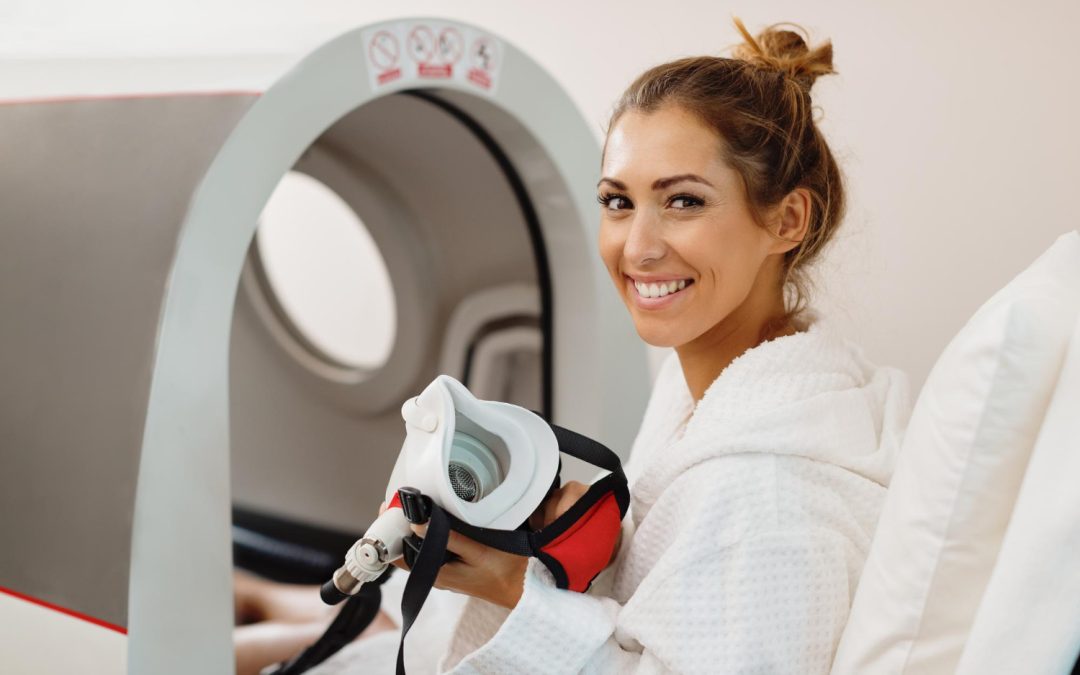Lyme disease is a tricky condition that can cause a range of health issues if not treated properly. It’s often spread by tick bites, and once the bacteria enter the body, they can create a host of problems like fatigue, joint pain, and neurological issues. The symptoms can vary widely, making it tough for many to get a proper diagnosis and start recovering. For those struggling with Lyme disease, finding effective treatments can be a big part of the healing journey.
That’s where hyperbaric oxygen therapy, or HBOT, comes in. This therapy involves breathing pure oxygen in a pressurized room or chamber. The concept might sound a bit like science fiction, but it’s been used for years to help with various medical conditions. In Lyme disease recovery, HBOT is gaining attention for its potential to aid healing and increase well-being. Let’s explore how this therapy works and why it might be helpful for those battling Lyme disease.
Understanding Lyme Disease
Lyme disease is primarily caused by the bacteria Borrelia burgdorferi, transmitted through tick bites. These tiny ticks, often found in grassy or wooded areas, latch onto the skin and leave behind bacteria that can spread throughout the body. This condition is challenging because its symptoms mirror those of other illnesses, leading to misdiagnoses.
People with Lyme disease often face multiple challenges during recovery. Common symptoms include fatigue that won’t go away, joint pain, headaches, and memory problems. Treatments usually involve antibiotics, but not everyone responds to them the same way. Plus, the disease can persist or even recur after initial treatment.
Here are some difficulties Lyme disease patients may encounter:
- Persistent symptoms: Even after treatment, symptoms like tiredness and brain fog can linger.
- Misdiagnosis: The symptoms often overlap with other conditions, leading to delayed treatment.
- Complex recovery: Getting back to full health can be slow and frustrating.
Given these hurdles, it’s clear why some sufferers look for complementary treatments to support their journey to better health. Hyperbaric oxygen therapy presents one such option, offering a promising way to tackle the ongoing challenges faced by Lyme disease patients.
How HBOT Works
Hyperbaric oxygen therapy is pretty straightforward. It involves sitting or lying in a chamber where the air pressure is higher than normal. This environment allows you to breathe in pure oxygen more effectively, which helps the body absorb it at a greater rate. The extra oxygen can enhance the healing capacity of cells and tissues, which is why HBOT is considered beneficial for conditions like Lyme disease.
HBOT works by:
- Increasing blood oxygen levels to promote healing in tissues.
- Boosting the body’s ability to fight infections.
- Reducing swelling and inflammation.
The science behind it lies in oxygen’s fundamental role in cellular repair. When added oxygen reaches areas struggling to function because of Lyme symptoms, it can help repair the damage caused by the bacteria. This makes HBOT a supportive therapy alongside conventional treatment options.
Benefits of HBOT for Lyme Disease Recovery
Targeted oxygen therapy offers a unique approach to managing Lyme disease symptoms. First, the increased delivery of oxygen can speed up healing processes, as cells regenerate more efficiently when well-oxygenated. Secondly, many Lyme patients find relief in reduced inflammation and pain, two of the most persistent hurdles they face.
Here’s how HBOT might benefit those with Lyme disease:
1. Enhanced Oxygen Delivery: Better oxygenation can revive and repair damaged tissues, aiding overall recovery.
2. Inflammation and Pain Reduction: Many patients report decreased swelling and discomfort after sessions.
3. Neurological Symptom Relief: Some individuals see improvements in memory and cognitive function, which Lyme often impacts.
Understanding these benefits can help make sense of why HBOT could be a promising part of managing Lyme disease’s complex symptoms and supporting recovery.
Real-Life Experiences
Stories from those who have used HBOT for Lyme disease can be inspiring. Many individuals note significant improvements in fatigue levels, allowing them to engage more in daily life. For instance, one person found they could return to work and enjoyed activities previously disrupted by their symptoms. Regular sessions seemed to restore energy and mental clarity that had been missing for a long time.
These real-life insights suggest that while HBOT may not work the same for everyone, it holds a significant potential to make a difference in the quality of life for many struggling with Lyme. This therapy’s positive influences often provide the encouragement needed to explore new avenues in chronic illness management.
Exploring options for recovery from Lyme disease can feel overwhelming, but taking that first step toward a solution is crucial. At Founding Fathers Hyperbarics, the approach is to support you with therapies that make a difference. Find out more about how HBOT for oxygen therapy can complement your recovery plan by supplying oxygen where it’s most needed. Let’s work together to enhance your journey toward improved health and well-being.

